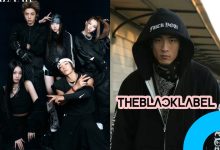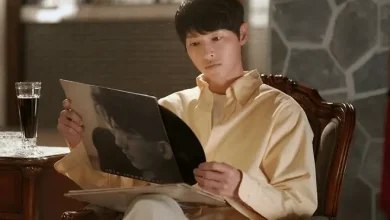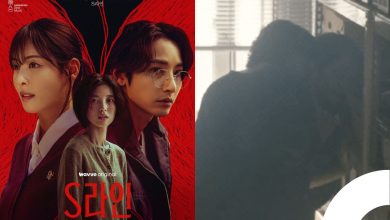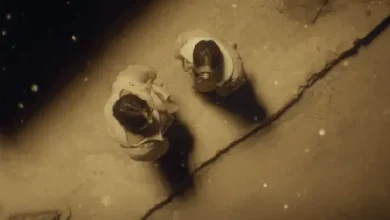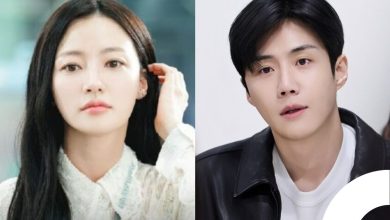KPop Demon Hunters Ending Explained: Hidden Messages, Lore Reveals, and Sequel Clues
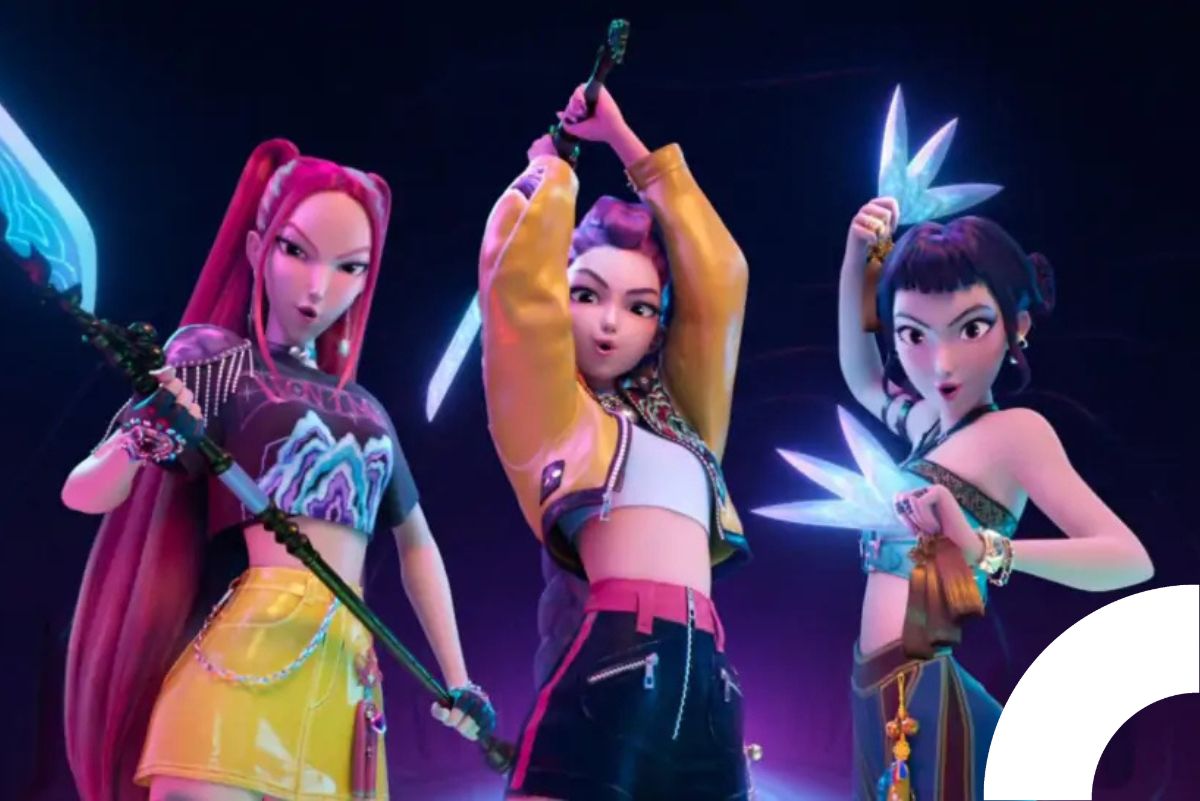
Netflix’s KPop Demon Hunters has become a sensation, combining K-pop, animation, and thrilling demon-hunting action into one unforgettable ride. As fans rave about the film’s emotional depth and rich mythology, the ending has sparked major buzz—with hints of a potential sequel already in place.
Lore and Mythology: A Legacy of Hunters
KPop Demon Hunters draws heavily from Korean mythology. The titular Hunters are gifted singers who, across generations, form trios to protect the world. Their voices empower them to create weapons, perform mystical feats, and build the Hanmoon. The golden version of the barrier, once completed, can permanently stop demons.
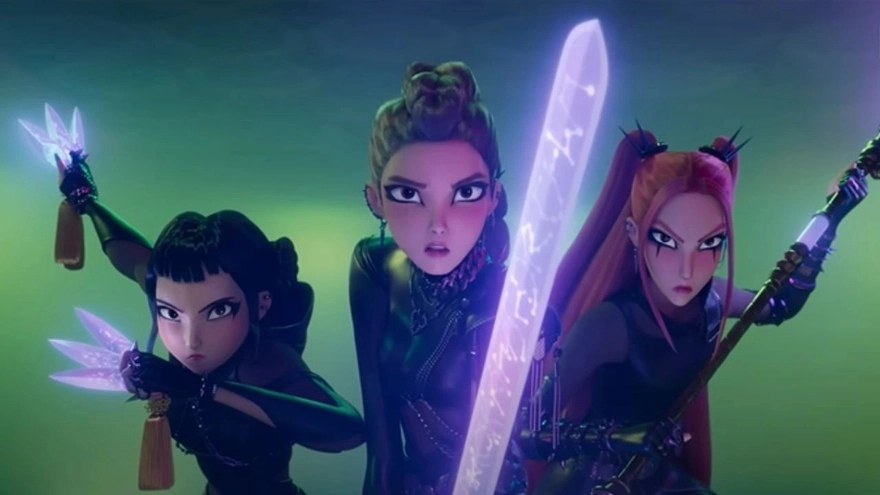
Throughout history, this trio motif recurs—from 17th-century protectors to 1920s radio singers, and now, K-pop idols. The film uses this to ground its magical universe, making HUNTR/X the latest in a long line of legendary demon hunters.
Rumi’s Hidden Identity: The Demon Within
Rumi, one-third of the K-pop trio HUNTR/X, hides a dark secret: she’s half-demon. Raised by her adoptive mother Celine, she spends the film struggling with her dual nature. The finale reveals that her mother was a demon hunter and her father is a demon—a twist that nearly breaks her bond with Mira and Zoey. But Rumi’s arc is one of self-acceptance. Embracing both sides, she gains mastery over her powers, connecting deeply with fellow half-demon Jinu.
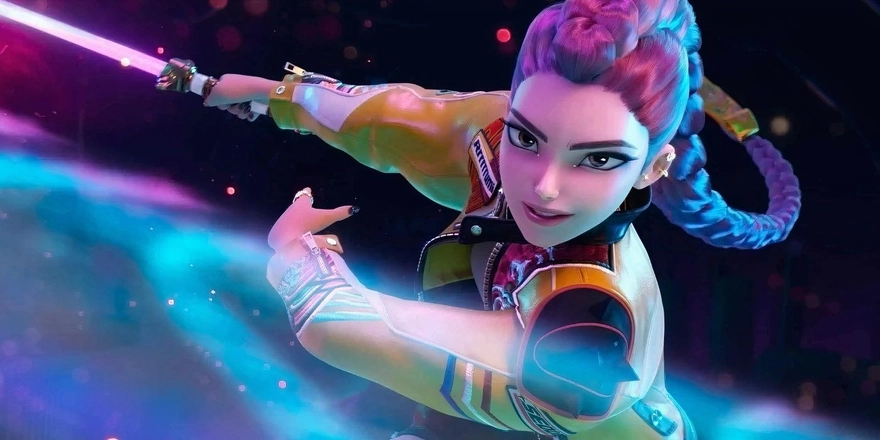
Jinu’s Tragic Sacrifice
Jinu begins as a morally gray character, once a musician who traded his humanity for power by making a pact with the Demon King, Gwi-Ma. Haunted by guilt, he seeks to erase his memories. But Rumi awakens his lost humanity. In the final showdown, Jinu sacrifices himself to protect Rumi. Though his body perishes, his spirit lingers just long enough to help defeat Gwi-Ma and restore Hanmoon, the magical barrier shielding Earth.
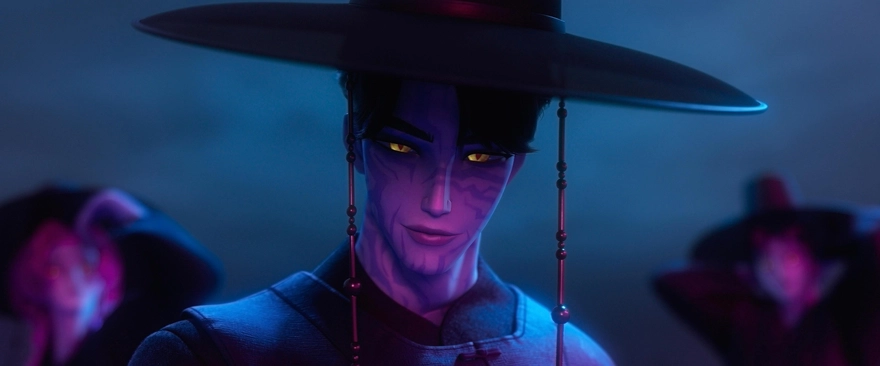
Jinu’s relationship with Rumi brings emotional depth to the narrative. While their bond hints at romance, it remains tragically unfulfilled. Jinu’s choice to sacrifice himself stems from this connection, highlighting the power of empathy and shared pain. His lingering spirit aids Rumi in banishing Gwi-Ma and reactivating the Hanmoon—but the barrier’s new color is a subtle warning that the danger isn’t over.
The Final Showdown and the New Hanmoon
Gwi-Ma, the ancient demon overlord, is banished in the climactic battle. But the newly formed Hanmoon glows blue instead of gold—a clear sign that the demon threat isn’t fully gone. The battle also sees Zoey and Mira defeating Saja Boys members Mystery and Abs. However, Romance and Baby’s fates remain unseen, suggesting sequel potential.
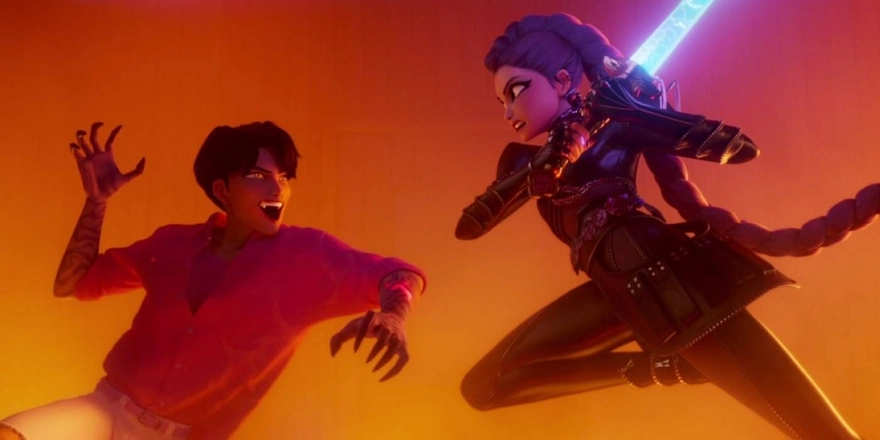
The film leaves several threads open for a potential sequel. Rumi’s demon father may still be alive. The fates of Saja Boys’ Romance and Baby are unknown. Jinu’s spirit might return in a spectral form. And the blue Hanmoon hints at unfinished business in the demon realm.
KPop Demon Hunters isn’t just a stylish action film—it’s a rich world of lore, emotional journeys, and high-stakes mythology. With its stunning visuals, K-pop flair, and compelling character arcs, fans are already hoping this is just the beginning.

